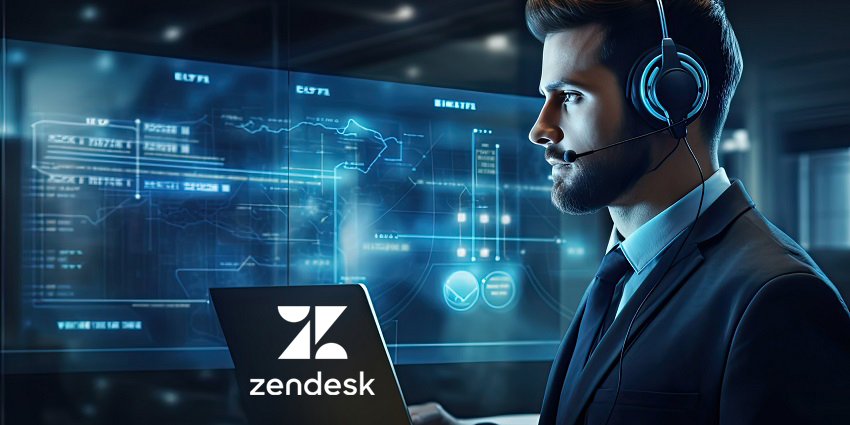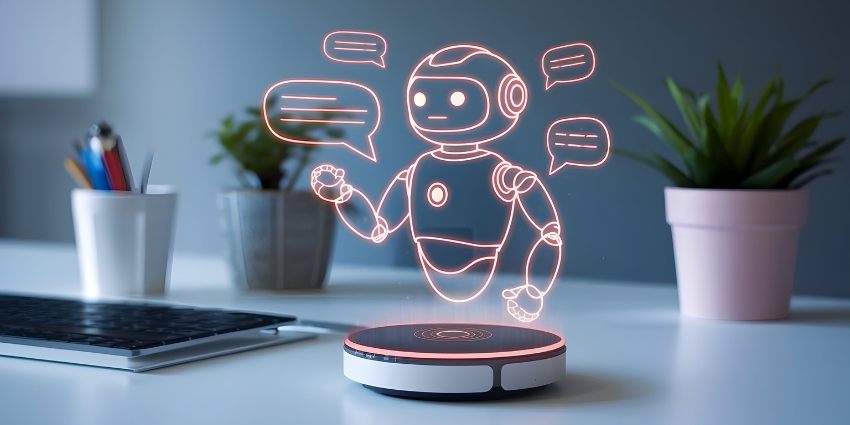For years, the contact center has been measured by a narrow set of benchmarks: average handle time, occupancy, and tickets closed per day.
They’ve long served as a shorthand for efficiency. But as AI reshapes the way service is delivered, these metrics are starting to look outdated.
When you strip away everything surrounding a customer service interaction, what it really boils down to is whether or not the customer gets their issue resolved. That’s what people really care about.
It doesn’t matter whether it’s in person, by phone, by email, or by chatbot – resolution is key.
This point was raised by Adrian McDermott, Chief Technology Officer at Zendesk, in a recent interview with CX Today.
“A successful outcome for our customers is just having their issues resolved. That’s why we’re evolving our pricing from seats to resolutions,” he said.
In fact, Zendesk Insights from July 2025 shared that 48% of CX leaders identified adopting outcome-based or flexible pricing aligned with successful resolutions as a high priority for 2026.
The shift from companies like Zendesk to outcome-based rather than activity-based measures is becoming a key talking point across the CX landscape.
In the modern contact center environment where AI agents can respond instantly, never tire, and provide seemingly infinite capacity, metrics like ‘time to first response’ and ‘average handle time’ start to lose their edge.
As McDermott puts it:
“Time to first response is effectively zero since customers expect near instant resolution. Average handle time? Who cares, because it’s basically free to have AI talk to your user as long as they’re enjoying it.”
From Metrics to Resolution
While McDermott’s comments could be misconstrued as championing AI replacing humans, he is quick to point out that the rise of automation doesn’t mean human agents are going away; it means that their roles are being redefined.
With AI handling Tier 1 and much of Tier 2 interactions, frontline teams are freed to focus on higher-value work, such as escalations, VIP cases, or interactions that require more understanding and empathy.
“Automation does drive escalation,” McDermott explains.
“Despite automation you’re going to see contacts where people become frustrated or just want to talk to a human. That makes omnichannel integration incredibly important.”
For enterprise leaders, this means rebalancing performance management.
Yes, metrics like average handle time and after-call work still matter for human-powered interactions. But at an aggregate level, success is increasingly about the speed and quality of resolutions – whether driven by automation, agents, or a combination of both.
Why Unification Matters
This shift towards outcomes also shines a spotlight on another enterprise challenge: tool sprawl.
Many contact centers still rely on separate systems for email, chat, voice, and ticketing – a setup that breeds inefficiency and disjointed experiences, as McDermott explains:
“If I’m using a different tool for email than I am for voice, it becomes jarringly obvious to the customer. It’s a high-friction interaction.”
This is where unified platforms enter the conversation.
Rather than orchestrating workflows across multiple systems, unification offers a single environment where channels, analytics, and AI are embedded end-to-end.
The result is smoother customer journeys and a far simpler experience for agents.
“Modern platforms shouldn’t take weeks and $10,000 just to change an IVR message,” McDermott adds.
“With a single omnichannel implementation, you can envelope agents and supervisors in one workspace, put your customer vision into the software, and create a unified view across every channel.”
Zendesk Resolution Platform
Zendesk’s approach to this unification can be seen through its Zendesk for Contact Center platform, which was launched back in March with 30+ new capabilities.
With AI built-in, Zendesk Contact Center removes the gaps between channels, agents, and systems, so every contact gets resolved faster across any channel.
From an agent perspective, this means lower training times, greater consistency, and fewer silos.
For supervisors, it means comprehensive dashboards, real-time sentiment tracking, and the ability to adapt workflows on the fly.
“You’re no longer just moving humans around queues,” McDermott explains
“You’re dynamically creating knowledge, adding automations, and driving consistent outcomes.”
The platform is also designed to scale quickly.
McDermott highlights how Zendesk helped a global fast-food chain go live in under a week, while cosmetics retailer Lush achieved a 60% AI-driven resolution rate – freeing agents to focus on deeper engagement.
“Eighty-five percent of our customers report positive ROI from implementing AI tools,” he said.
Preparing for the AI Future
Of course, unification alone isn’t enough. The role of AI in service delivery is evolving rapidly, and enterprises face growing pressure from boards and customers to keep pace.
McDermott sympathizes with contact center leaders having to navigate the influx of AI-powered solutions, claiming that they often “feel like they’re on the front line of AI pressure.
“The fear of change is real – but the cost of inaction is even higher.”
While it can be tempting to bide your time during a period of so many changes, McDermott warns that companies that choose this path risk being left behind.
Zendesk is looking to support those organizations that are unsure about AI implementation by positioning its AI strategy as a continuum.
The process starts with generative search for customers, progresses to agent co-pilots that summarize conversations or recommend next actions, and eventually extends to full automation of routine interactions.
“High-value interactions only represent about 25% of contact center volume,” McDermott explains.
“Nearly half are failures, where something breaks and the customer calls in. AI can take on that burden, leaving humans to deliver more meaningful engagement.”
As enterprises evaluate their next moves, one thing is clear: customer service is moving beyond old benchmarks.
The future is about outcomes, resolution, and unified platforms that empower both AI and humans to do their best work.
“Every brand must choose how to use the benefits of automation. But most recognize that a greater level of personal support is critical,” McDermott concludes.
The customer service agent of the future will move away from the day-to-day handling of mundane, basic queries. With the help of AI, agents will instead be deployed as empathetic problem solvers who deliver real resolutions.
You can learn more about Zendesk’s approach to AI in the contact center by reading this article.
You can also peruse the company’s full suite of solutions and services by visiting the website today.







